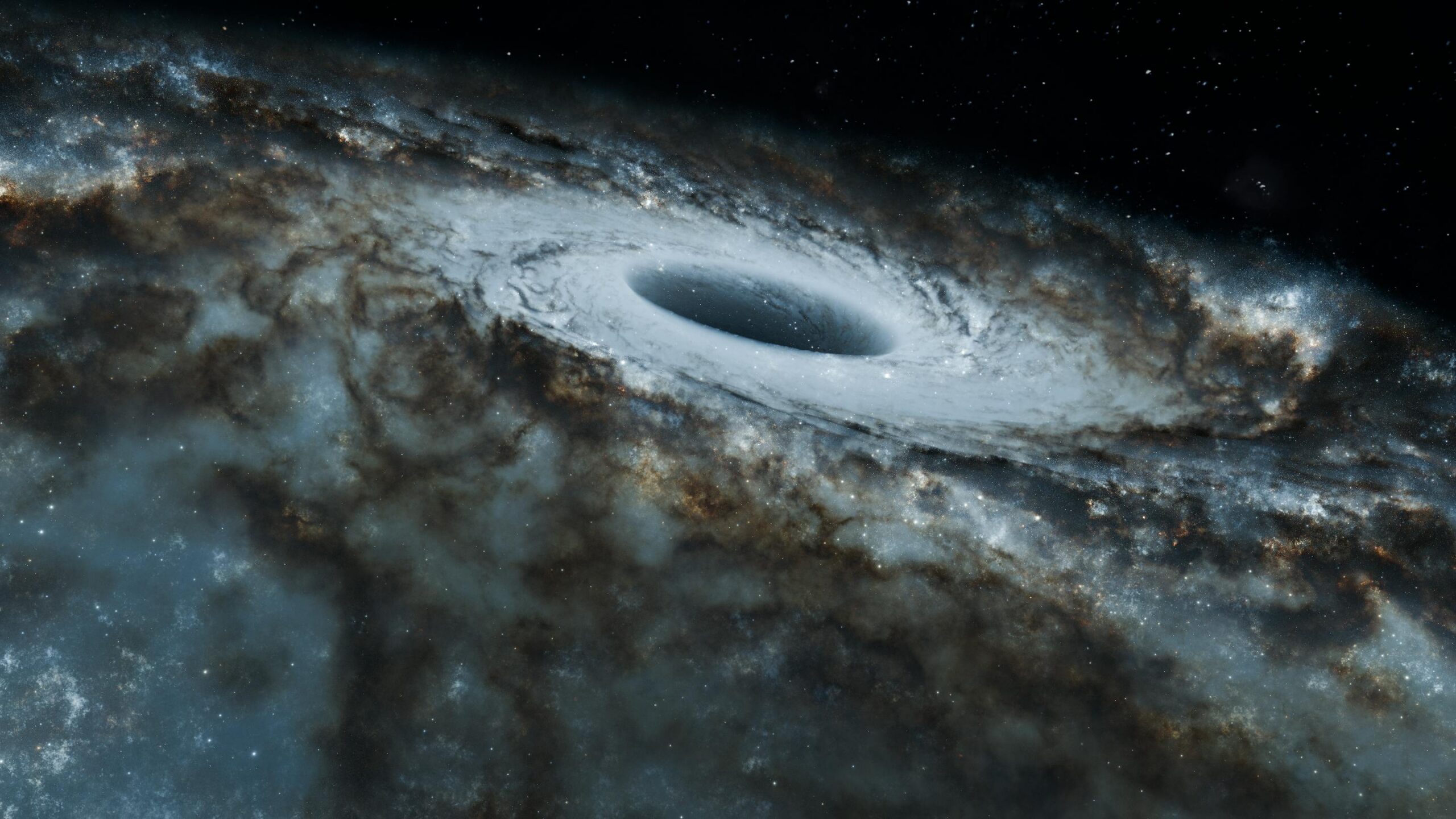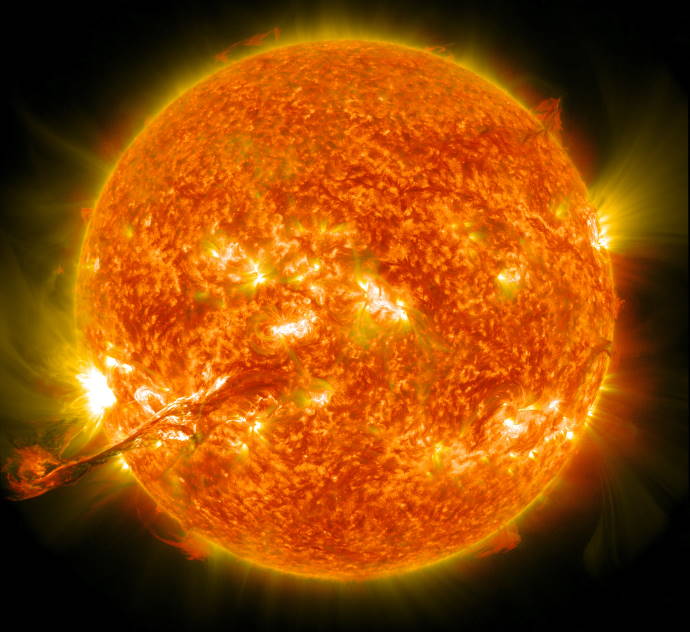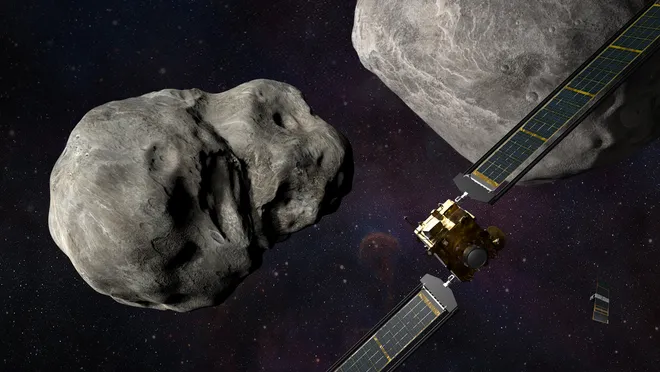It has been claimed that a wormhole from another universe has been found by researchers. Two gravitational wave observatories, LIGO and Virgo, found large holes in space-time in 2019.
A group of scientists from the Chinese Academy of Sciences has proposed a somewhat more astounding explanation for the GW190521 event, even though most astronomers believe that it was generated by a merger of two black holes.
They state in an unpublished paper that LIGO and Virgo have found signals of black hole collisions in a universe other than our own.
“In this paper, we investigate the possibility that GW190521 could be interpreted as an echo produced by a wormhole formed after the merger of two binary black holes in another universe, a hole that temporarily connected to ours,” according to them.
What this means is that had the LIGO and Virgo detectors been operational, we would have heard the echoes of a supermassive black hole collision in another universe, one that momentarily created a wormhole leading to our own.
On the other hand, the researchers do concede that there is a current scientific consensus that “leans slightly toward the classical model of binary black hole merger, but not enough to rule out the wormhole hypothesis as a plausible explanation for the GW190521 event.”
They note that the signal that was picked up was “extremely brief.” Typically, a “chirp” pattern is produced when two black holes collide, with the signal’s strength increasing as the collision approaches.
The “spiral phase”—the period when two celestial bodies revolve in the direction of each other before merging—is conspicuously absent from GW190521. Given that the two black holes involved were estimated to be 142 solar masses, this stage should have been visible in the LIGO-Virgo observations.
The researchers backed their theory up with a wave model that shows what would happen if a wormhole were to convey the signal from a black hole collision in another reality. They postulate that the abrupt wormhole collapse after the collision may account for the signal’s unexpectedly brief duration.
They found that the suggested model does a better job of fitting the LIGO-Virgo signal than the standard explanations, but only “slightly,” so there’s still plenty of space for more study. The alluring prospect of more observations of the occurrence is also there. New information may be revealed by a more current LIGO-Virgo discovery of the most massive black hole merger to date in 2023, which has “a short, explosive duration similar to GW190521,” according to the researchers.




